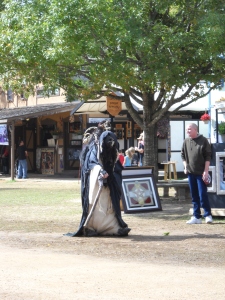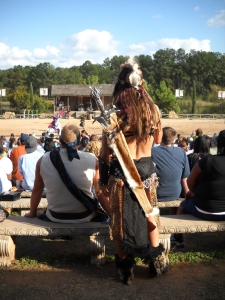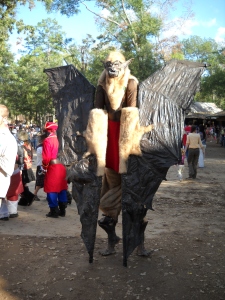“The Skeleton Dance” is a short animated film produced by Walt Disney and animated by Ub Iwerks, Walt Disney, Les Clark, Roy O. Disney, and Wilfred Jackson. It was released on the 22nd of August, 1929, and has become an iconic, classic animated short to watch during the Halloween season. The total budget for the animation was $5,386, which calculates out to $72,886.44 if it had been produced in 2012.
Dancing skeletons, black cats, and other spooky, traditional Halloween imagery are used in the animation. While we may watch the short and simply enjoy it for a sense of nostalgia, having seen it as children, or find the idea of skeletons dancing in a graveyard humorous and silly, the imagery in “The Skeleton Dance” has an extensive history in Western Art that dates back to the early 1400s. It is a modern adaptation of the danse macabre, or “dance of death,” which commonly features skeletons dancing and other images of death.

The earliest danse macabre images appear in Paris and were dated to 1424-25. Unfortunately, this mural at the Saints Innocents Cemetery was destroyed in 1669, when the charnier housing the mural was demolished to widen the road behind it. These images appear only 75 years after the Black Death swept through Europe, the Middle East, and Asia absolutely decimating the population. In Europe it is estimated that anywhere from 30 to 60 percent of the population and anywhere form 75 to 200 million individuals worldwide perished during the 1300s. A charnier is a structure built on a burial ground that typically housed the bodies of people that died during the cold winter months until they could be buried after the ground thawed in the Spring or Summer.

The people of the Late Medieval period in Western Europe lived in a world that was dark and full of death. When these macabre images of dancing skeletons became popular, not only had they lived through the plague within recent memory, but they had also experienced a drastic change in climate with the Little Ice Age intensification during the early 1400s, recurring episodes of famine, and social unrest ran rampant through all of Europe. During this period wars such as the Hundred Years War claimed around 3.5 million lives.
Medieval people lived in a world where death was an ever present and a pervasive entity. Scholars believe that genres like danse macabre express the fact that sudden death was always just around the corner, thus heightening the need for religious penitence and constant preparation for death. They also postulate that portraying images of death and skeletons dancing or doing other humorous activities allowed medieval people to gain some amusement where little was available.
Happy Halloween season, everyone!

To read more about the Silly Symphony Skeleton Dance: click here.
To read more about danse macabre imagery: click here.
To see a great gallery of medieval images of death: click here.
To read more about the crisis of the Late Middle Ages: click here.




















